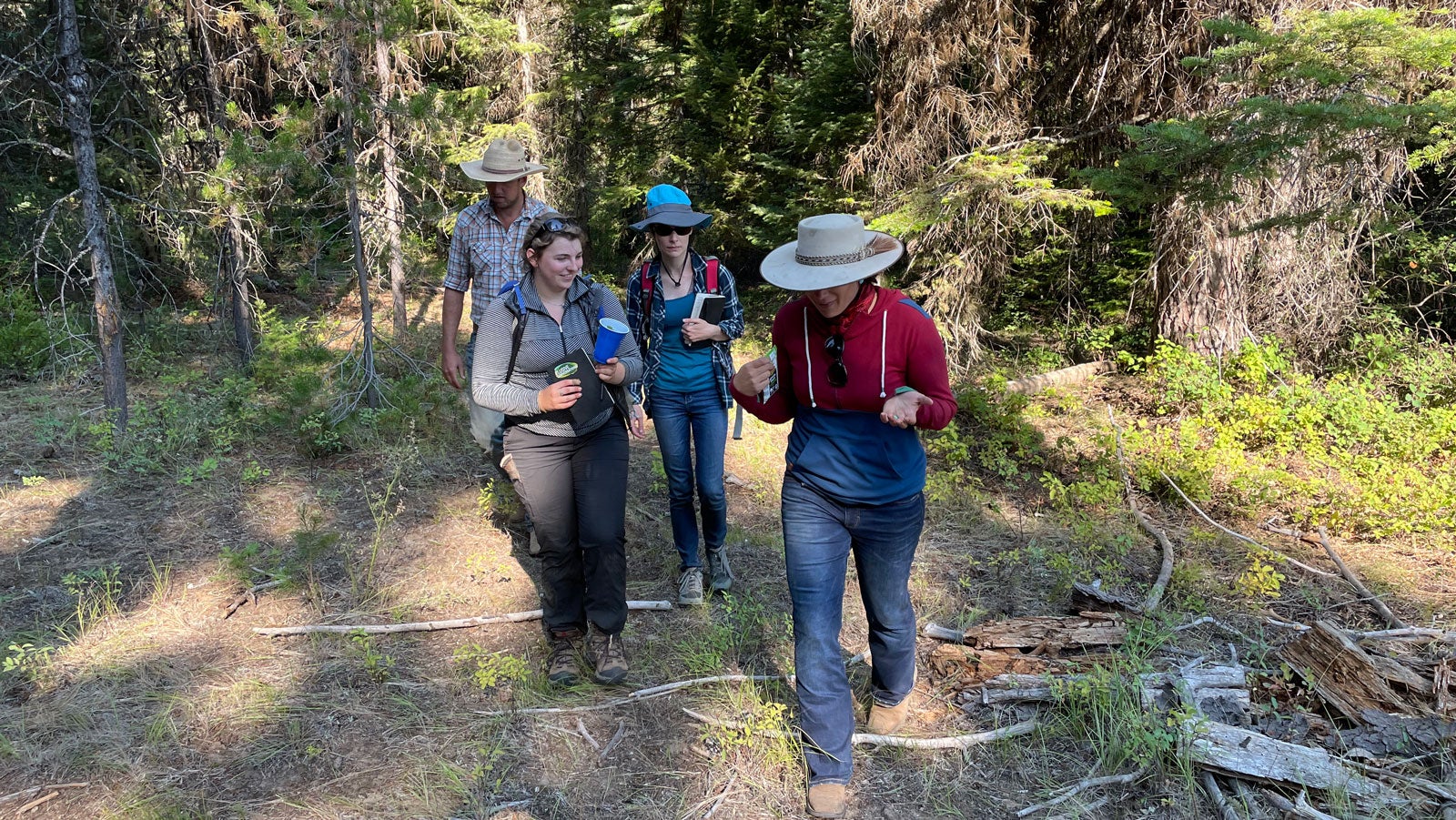
Boise State is creating a new front door for learning and research: a School of the Environment
It was the height of summer, but in the mountains of central Idaho near Cascade Reservoir, the morning air was still so cool that the handful of Boise State University instructors and students sat in their chairs bundled in fleeces and blankets listening to news correspondent-turned cattle rancher Monica Gokey discuss land use.
“Right now, you’re dipping a toe into the urban/rural divide. You come from an urban area into a rural area. You’re going to rely on expertise from people who know the land really well, and they may be culturally different.” — news correspondent-turned cattle rancher Monica Gokey
The students, faculty and a handful of speakers were there taking part of the Working Lands Field School. A pilot project made possible with help from a local landowner, the program brought experiential and interdisciplinary learning to lands managed for grazing and timber. Biologists learned from historians, who learned from political scientists, philosophers and many others. The scene was also a test balloon for a budding Boise State effort, the School of the Environment.
The School of the Environment, which will go before the Idaho State Board of Education in the near future for official approval, will be a gateway to the many areas of study that bear on that topic. Not a building, department or college, but a union of disciplines spanning the entire university: The School of the Environment will expose students, professors and researchers each other’s areas of study, enhance the applicability of students’ degrees, enrich the academic output of Boise State faculty, and forward the university as a powerhouse of knowledge and impact throughout Idaho and beyond.
Alejandro “Lejo” Flores paraphrased his master’s degree advisor in describing his motivation for being one of the leaders behind establishing the school: “One of my life’s missions is to figure out how you live on a piece of land without wrecking it,” he said. Flores is a professor of geosciences at Boise State specializing in computational and statistical models for hydrological and ecoclimate systems. He’s also the director of the Laboratory for Ecohydrological Applications and Forecasting. For him, viewing big problems like humanity’s place in the world requires “other ways of knowing.”
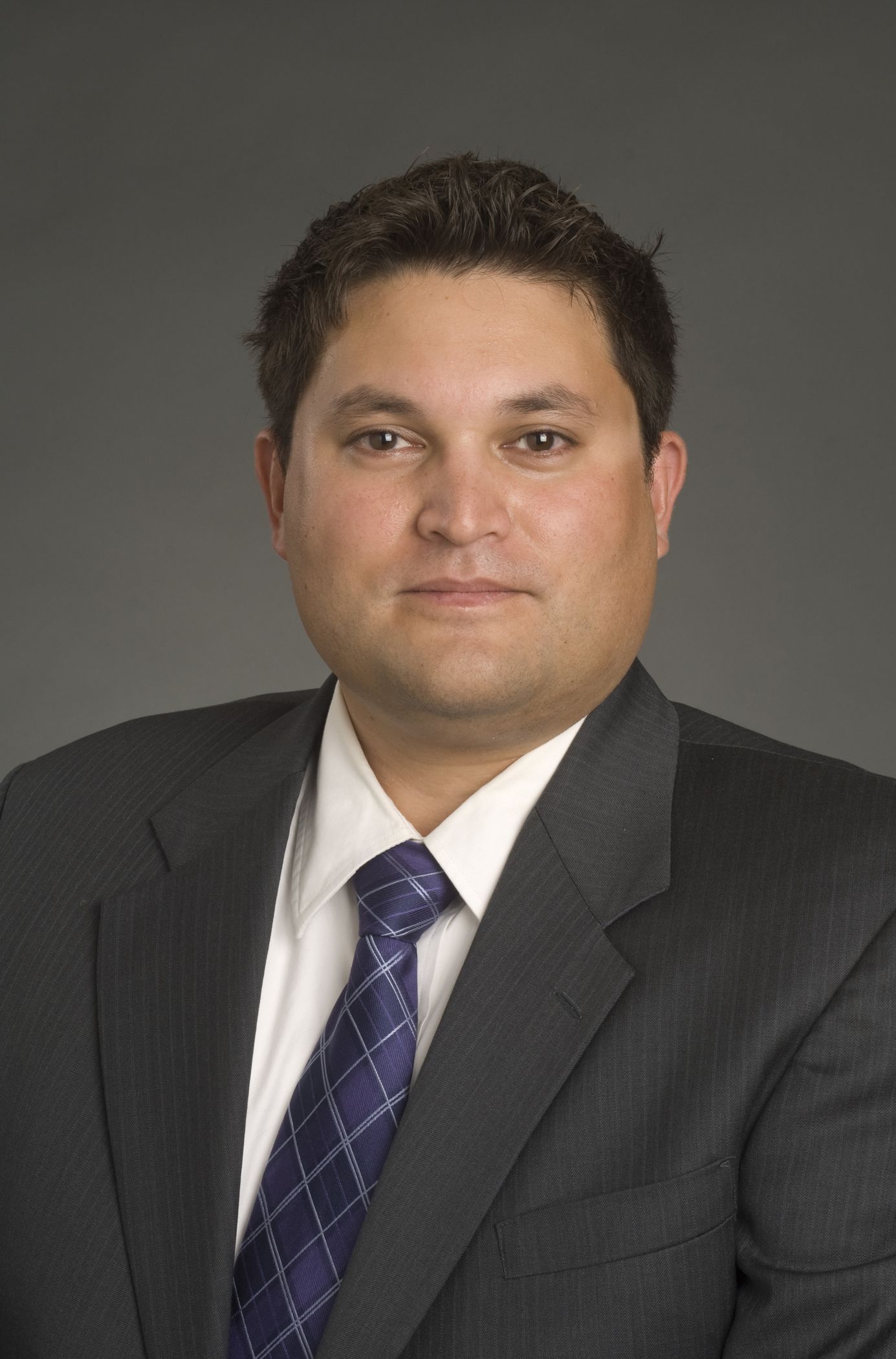
“I’m trying to understand the physics and biology of how these systems work. We need those humanities and social sciences perspectives. There’s only so much that I as a biophysical scientist can bring to the table in that conversation.” — Alejandro “Lejo” Flores
The problems posed by the environment are numerous and daunting. Think pollution, climate change, loss of arable or liveable land, human migration, loss of biodiversity and negative human health impacts, just to name a handful. Flores’ area of study — predictive modeling of water and climate systems — is complex, but having access to knowledge and experts outside of his wheelhouse can help him ask better questions and arrive at more accurate and useful conclusions.
A School of the Environment may not make the big problems any simpler, but it can simplify how Boise State approaches the study of those problems by establishing a clear place for students and the public to go with their research questions and environmental interest. By supporting Boise State programs like Hazard and Climate Resilience Institute (HCRI), the Idaho Climate Literacy Education Engagement and Research (I-CLEER), the Redfish Environmental Data Institute, experiential learning at Boise State and the Working Lands Field School, the public can ensure students have access to quality programs, resources and off-campus opportunities that will be the pillars of the school upon its inception.
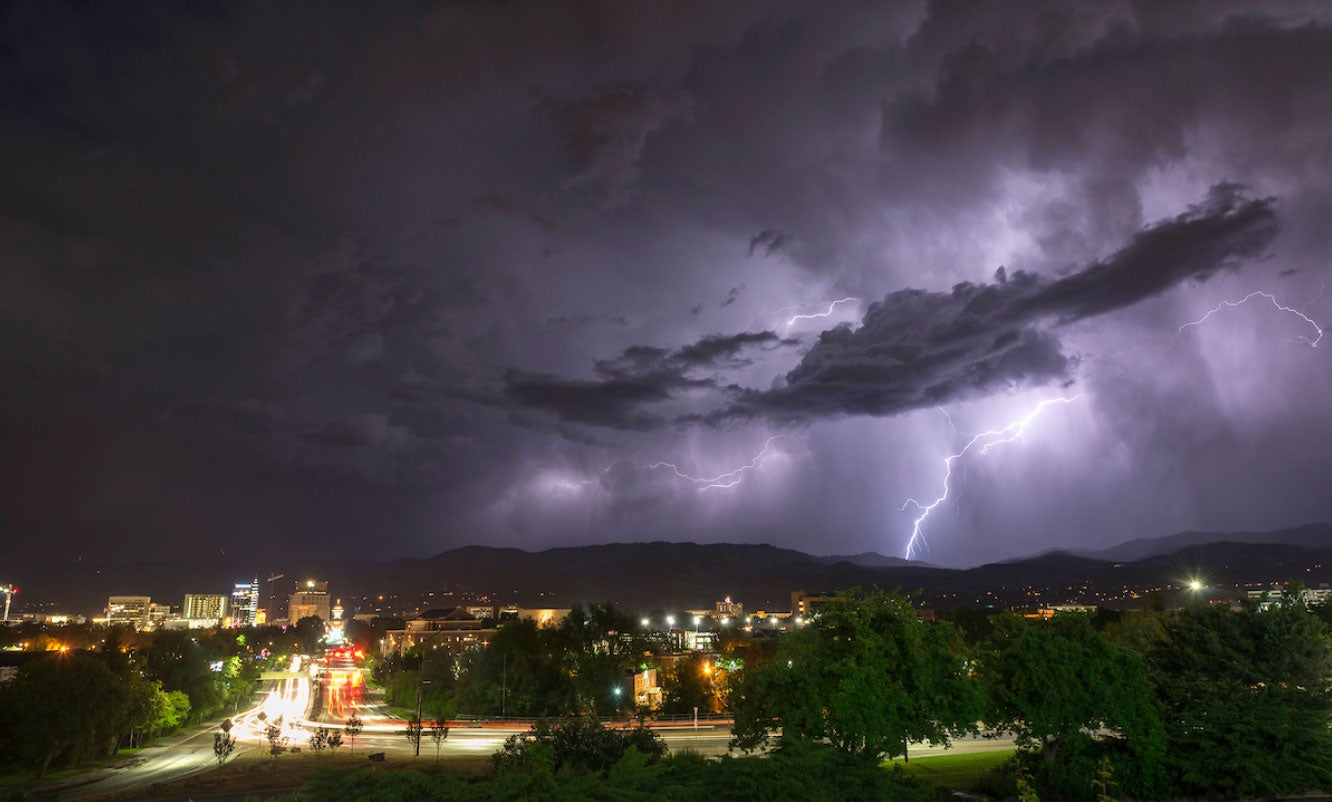
Boise State wouldn’t be the first university to establish something akin to school, but Boise State History Professor Emily Wakild, another of the school’s champions, noted that at land grant universities, such institutions began as “colleges of natural resources.” They focused on resource extraction and only later pivoted to an environmental outlook. By starting its school with a blank slate, Wakild said, Boise State has an opportunity to side-step a messy transition.
“What we’re doing is stepping over those natural resource schools. Those are defined by extractive activities. Not coming from that trajectory, we have less baggage and tradition.” — Boise State History Professor Emily Wakild
Boise State is especially well-positioned to have an impact on environmental issues. The State of Idaho has long been the site of resource-cultivation industries like mining, farming and logging; and the university’s location in the capital, with full access to its political and bureaucratic machines, puts it close to the levers of research, policy and change.
The School of the Environment will have a powerful impact within Idaho, establishing Boise State as a hub of information, innovation, research and alumni in the environmental arena. It will also transform how these elements interact on campus, what Biology Professor Kevin Feris called “a different perspective on environmental questions.”
“‘Harmony’ might be the term,” he said. “Understanding how things change through time, and pairing that with the known needs for how we use the environment — part of what we’re doing is trying to understand the long-term effects of extractive environmental thinking, and we don’t have that historical baggage that brings a predetermined mindset. The folks that come under the tent want to talk to each other.”
What’s Next?
As Boise State prepares to launch its School of the Environment, we’ll release stories about students, faculty and alumni who teach, learn and work on this area of study as they strive to understand the thorny problems, ask tough questions and arrive at solutions surrounding the environment.
Let’s Chat
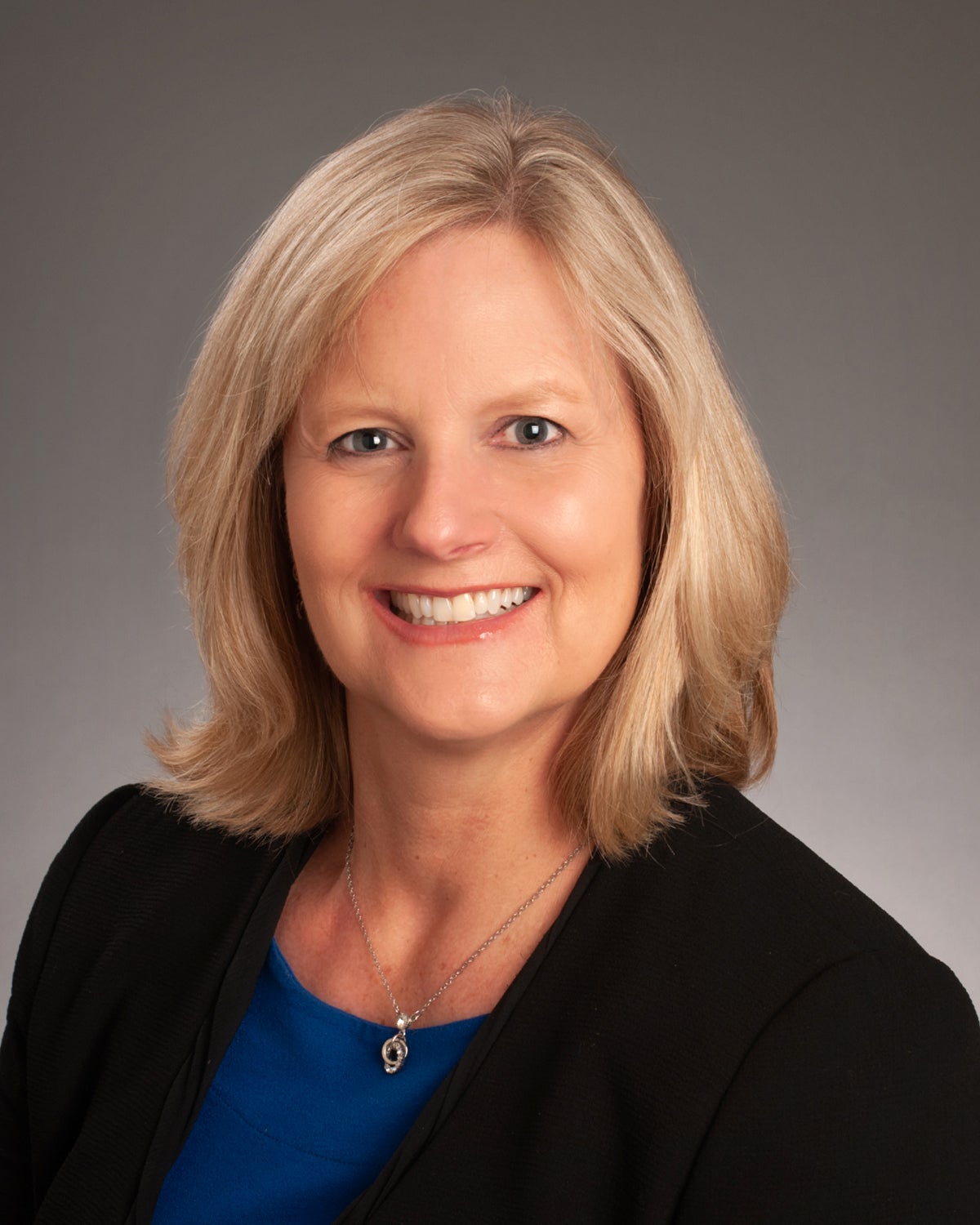
Melanie Bannister
Senior Director of Development
Call: (208) 426-4199
Email: melaniebannister@boisestate.edu
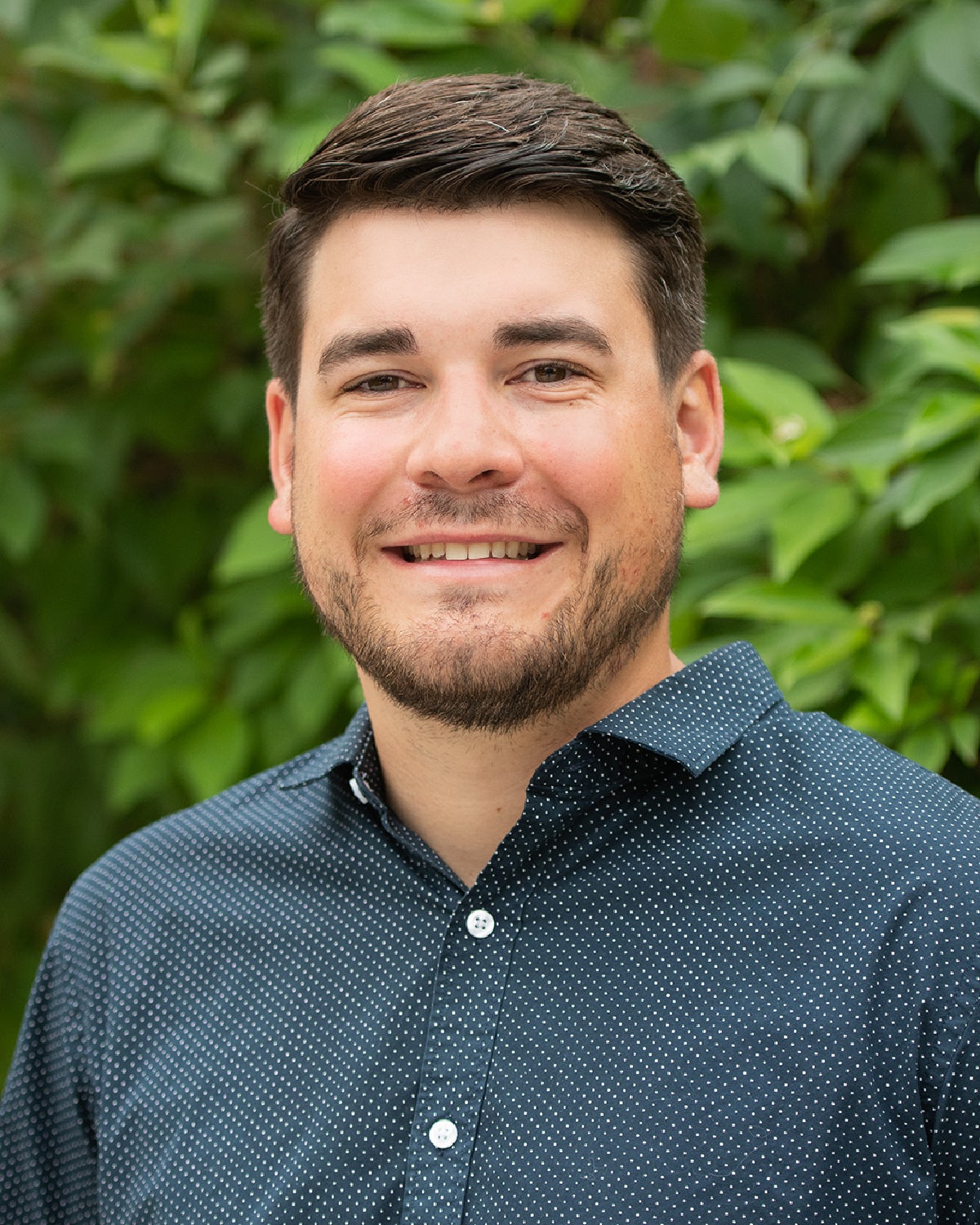
Brandon Fudge
Director of Development
Call: (208) 426-3230
Email: brandonfudge@boisestate.edu